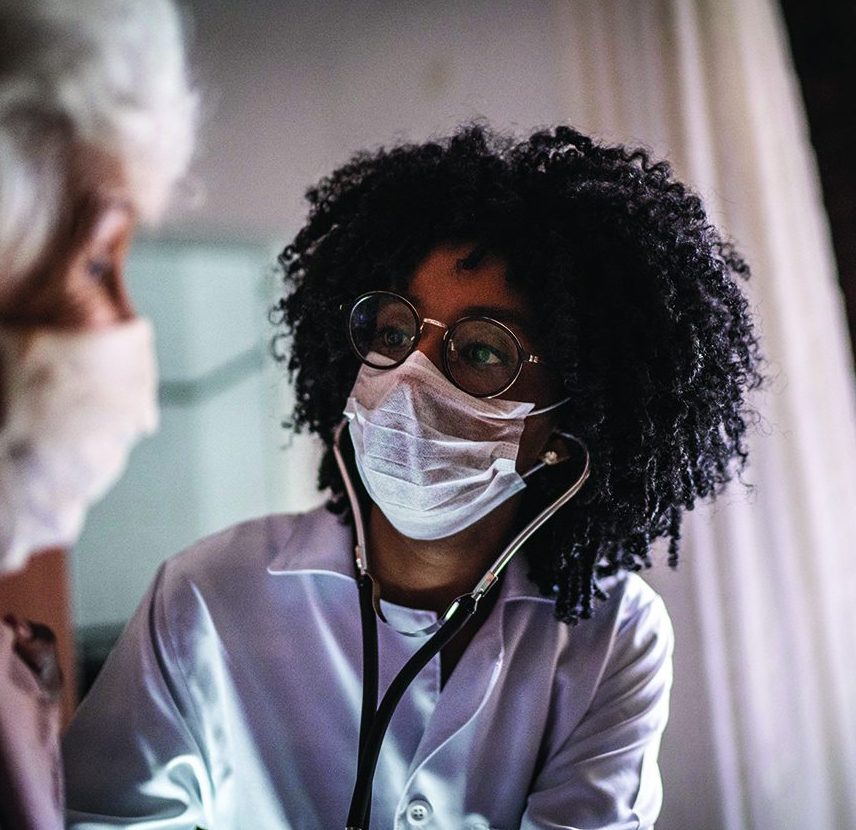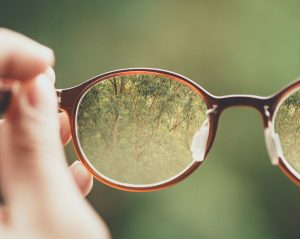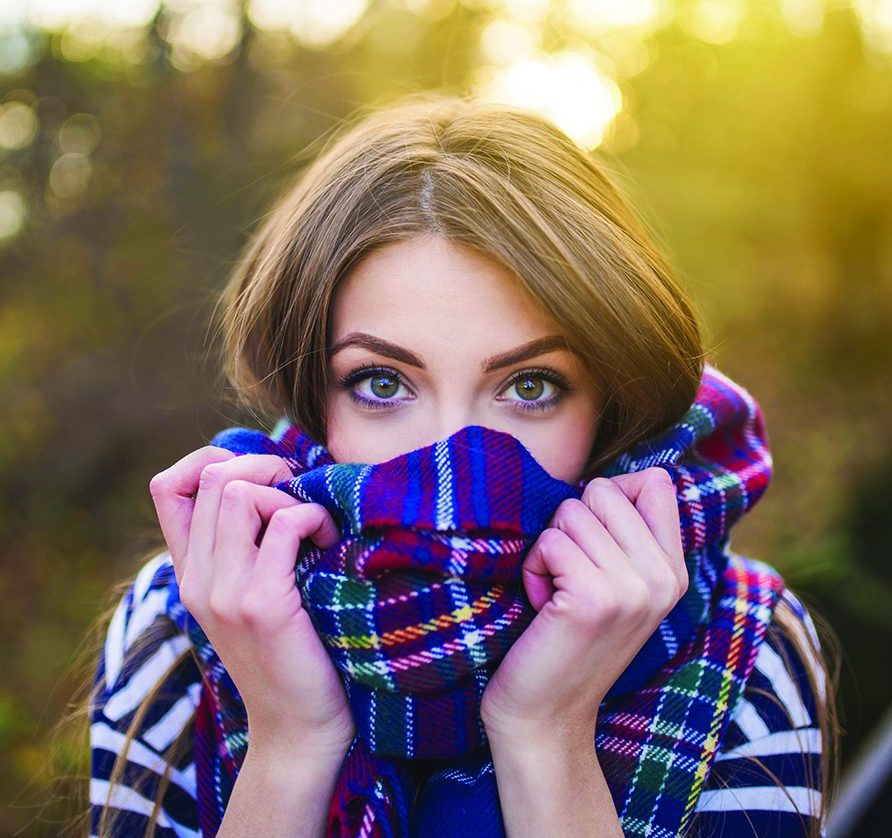Public health guidelines advising people to wear masks have proven effective at slowing the spread of COVID-19, but such recommendations have led to some unforeseen and unwanted side effects. For example, wearing masks that cover the lower portion of the face has led to an uptick in instances of acne.
U.S. Dermatology Partners advises that regular mask wearing can lead to skin health issues, including flare-ups in chronic skin conditions. It’s become such a widespread issue that the term “maskne” has now become a part of the lexicon. According to Dr. Mona Gohara, an associate clinical professor of dermatology at the Yale School of Medicine, maskne is a real thing. The most common kind is acne mechanica, which is the type of acne that occurs when something rubs up against the face. Oil, sweat and a lack of fresh air to the face can cause the formation of acne just about anywhere beneath protective masks. Health care workers may be especially susceptible, but just about anyone who wears a mask for an extended period of time may develop maskne.
Dr. Shari Lipner, an associate professor of clinical dermatology and an associate attending physician at New York-Presbyterian/Weill Cornell Medical Center, says anything that causes friction on the face can cause the skin to become irritated and inflamed. Couple that with trapped bacteria, sweat and oil, and acne can result. Dermatologists are seeing a rise in patients visiting their practices for acne issues and treatments. Mask-related skin issues have become such an issue that the COVID-19 task force of the American Academy of Dermatology has released advice on the subject, including ways to mitigate maskne formation.
• Wash masks frequently. Those who opt for fabric masks should look for ones that are made of 100 percent cotton or silk for the most breathability. Also, wash the mask as frequently as possible to avoid reapplying dirt, oil and sweat to the face.
• Follow single-use mask use. People who prefer disposable masks should use the mask and properly discard it after using it once.
• Reduce beauty product usage. Consider going without face makeup under the mask to reduce the potential of it contributing to the formation of oil and bacteria. Otherwise, look for products that are noncomedogenic or oil-free.
• Use gentle, fragrance-free products. Wash the face with a gentle, fragrance-free cleanser each morning and night. Harsh products can further irritate the skin. In addition, apply a light, fragrance-free moisturizer to serve as a friction barrier between face and mask.
• Try OTC products. Over-the-counter solutions of benzoyl peroxide or salicylic acid may help treat acne. However, if acne does not improve within a week or two, visit a board-certified dermatologist.
Maskne is a condition marked by a flare-up of acne from prolonged mask use. There are ways to keep skin issues at bay with self-care and the advice of dermatologists.







